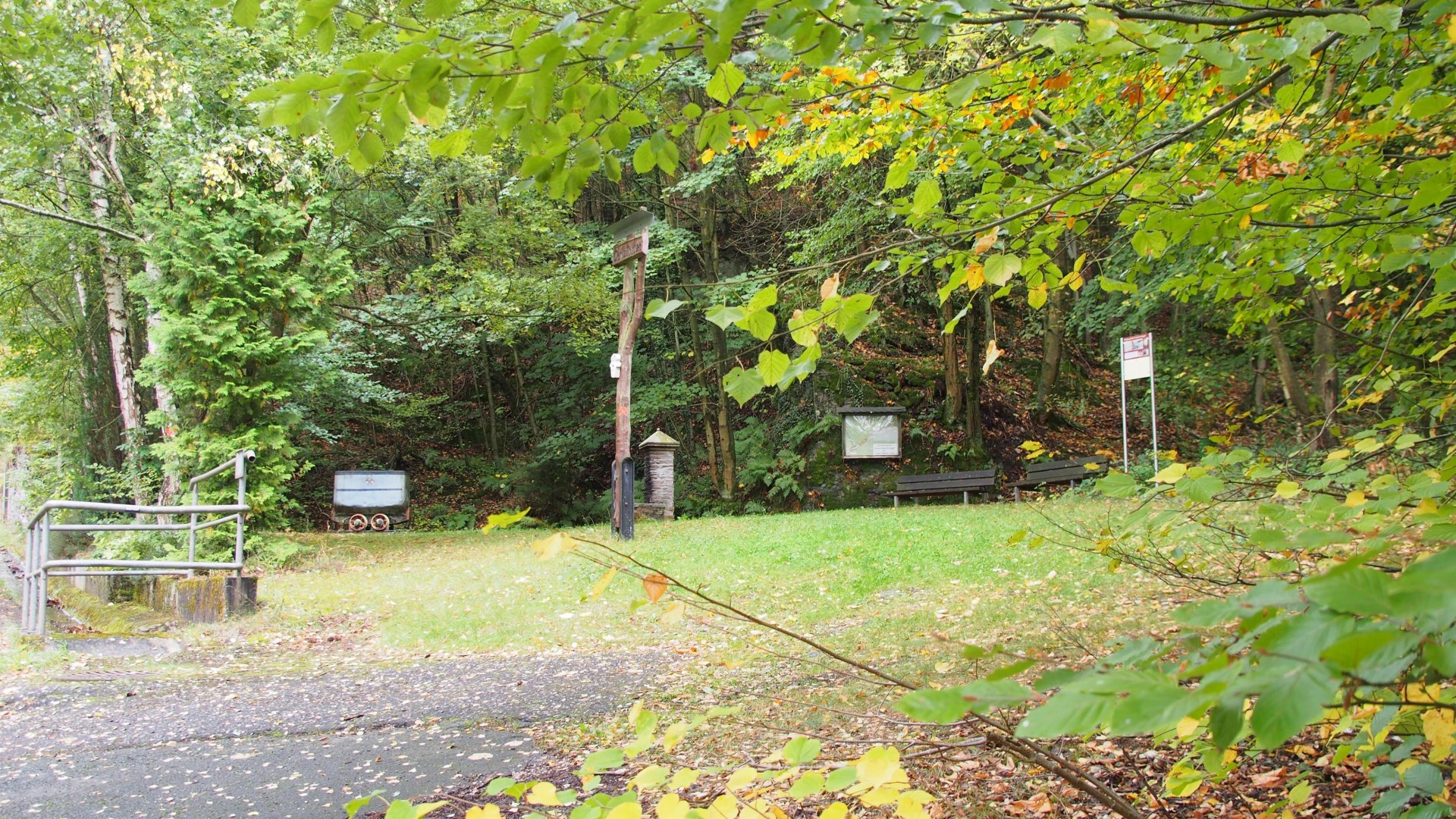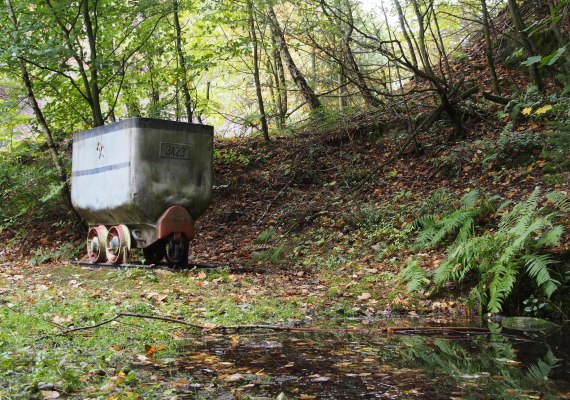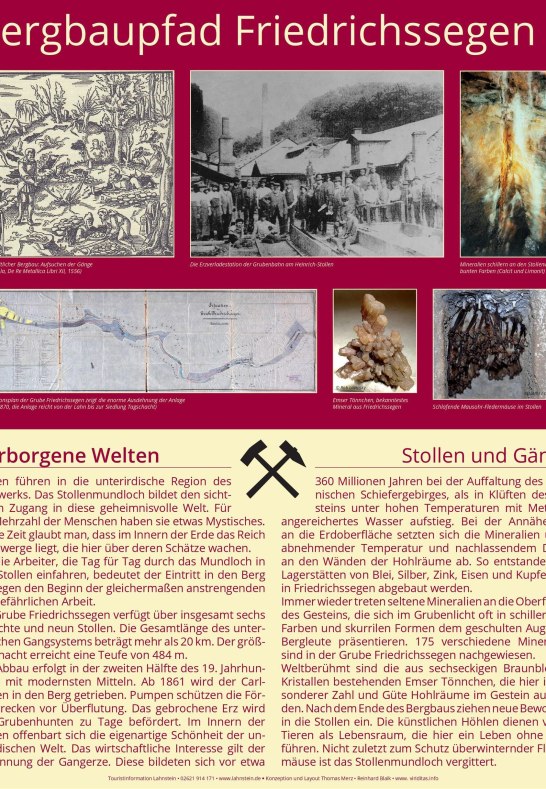00:00 - 23:59
Carl-Stollen Friedrichssegen
Kirchstraße 1, 56112 Lahnstein
Hidden Worlds in the Carl Stollen
Hidden Worlds
Tunnels and Minerals
Tunnels lead into the underground region of the mine. The tunnel mouth forms the visible entrance to this mysterious world. For the majority of people, they have an air of mystique. For a long time, it was believed that inside the Earth lies the realm of dwarves, who guard their treasures here.
For the workers, who enter the tunnel day by day through the mouth, the descent into the mountain signifies the start of equally exhausting and dangerous work.
The Friedrichssegen mine has a total of eight tunnels and six shafts. The overall length of the underground tunnel system exceeds 20 km. The largest shaft reaches a depth of 484 m.
Mining in the second half of the 19th century takes place using the most modern means. Starting in 1861, the Carl tunnel is driven into the mountain for a distance of 232 m. The broken ore is transported to the surface using grab hauls, the transport trolleys of the miners. Pumps ensure that the transport routes do not fill up with mine water. When the mine railway running through the Hüttental is built in 1880, the tunnel even receives its own siding to efficiently transport the ore for further processing.
Inside the tunnels, the peculiar beauty of the underground world reveals itself. The economic interest lies in the extraction of gangue ores. These formed about 360 million years ago during the folding of the Rhenish Slate Mountains when metal-rich water rose in rock fissures under high temperatures. Upon subsequent cooling, the minerals were deposited on the walls of the cavities. This led to the formation of deposits of lead, silver, zinc, iron, and copper that are mined in Friedrichssegen.
However, rare minerals continually emerge to the surface of the rock, often presenting themselves in dazzling colors and whimsical shapes to the trained eye of the miners. These are secondary minerals that have formed locally through weathering and transformation of the original metal compounds at the rock surface.
Over one hundred different minerals have been documented in the Friedrichssegen mine. The Emser Tönnchen, consisting of hexagonal brown lead ore crystals (pyromorphite), are world-famous and line cavities in the rock here in particular abundance and quality.
After the end of mining, new inhabitants move into the tunnels. The artificial caves serve as habitats for many animals, which lead a life without light here. Not least for the protection of hibernating bats, the tunnel mouth is gridded.





